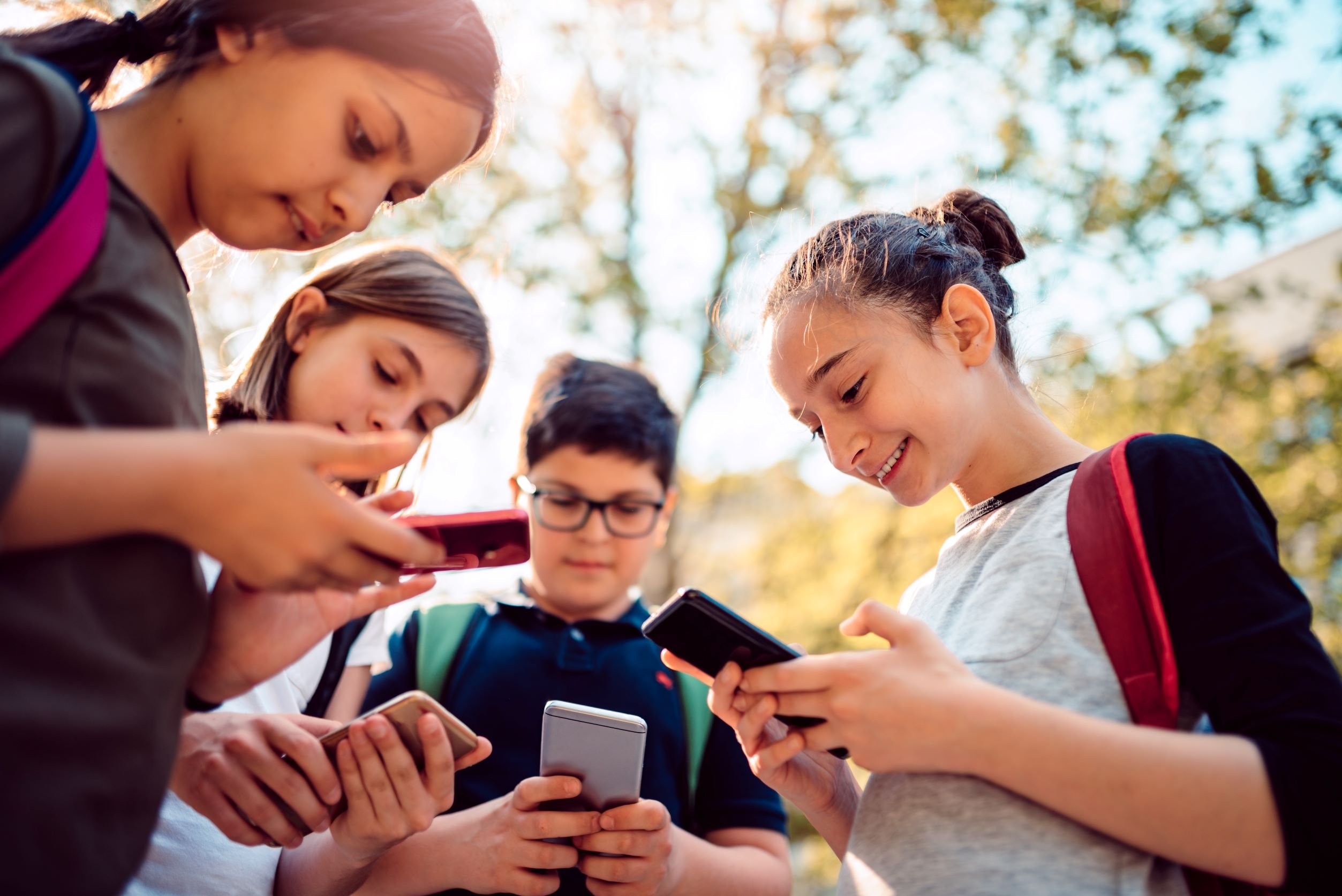What Is Digital Well-Being? What Students Need to Know
To truly maintain wellness, we need to have well-being in all areas of our lives. For most of us, the digital realm is one of those areas -- and one that takes up a large chunk of our days.
Teens are spending more and more time on their phones, and research shows that it may be harming their overall health. Your teen students can protect their mental well-being with healthy digital practices. Here’s everything they should know.
What Is Digital Well-Being?
“Digital well-being” is the term that’s used to describe the impact of digital services and devices on our health: physical, mental, and spiritual. Having digital well-being means that we’re using digital devices to help us, rather than hurt us. For example, we may use digital technology to connect with loved ones or to make our jobs easier.
But for many teens, maintaining well-being in their digital lives is difficult. Today’s teens spend around 30 hours a week on the internet. Studies have shown that social media has negatively affected teen mental health, including worsening depression and anxiety. Social media use is also linked with poor sleep.
But digital technology isn’t all bad. A little bit of internet use is actually linked to better mental health. There is a way to use technology that still maintains digital well-being.
What Teens Need to Know About How to Maintain Digital Well-Being
Teens today need to know that most adults aren’t hoping to take away digital access from them entirely. However, there is a way to use these technologies and services in a way that doesn’t hurt their mental health.
Here are five things that teens should know about how to maintain digital well-being in today’s world.
Social media can affect your mood.

Studies show that excessive social media use is linked to poor mental health. Specifically, checking social media at night and having a high emotional investment in social media has been linked to higher levels of anxiety and depression.
It’s important for teens to pay attention to how social media affects them. After a social media session, how do they feel? Do they feel more or less depressed? What about anxiety and stress?
It’s good to take breaks from screen time.
Unplugging from screens (including phones, computers, and televisions) has many benefits, including an increased ability to stay mindful of the present moment. It’s so easy to become lost in whatever’s happening on the screen, and taking breaks can help you to reconnect with the world around you.
You may need to switch off distractions at times.
So many of us are so used to checking notifications on our phones constantly. This can get in the way of teens’ concentration, especially when they’re trying to focus on important tasks like studying for an exam. It’s important that teens feel comfortable turning off their phones entirely while they need to steer clear of distractions.
You will sleep better if you turn off screens an hour before bedtime.
Studies have shown that the light emitted by electronic screens can interfere with your body’s circadian rhythm and keep you awake at night. Children and adolescents are even more susceptible to the effects of electronic light than adults. Sleep experts recommend avoiding all screens for at least an hour before bedtime. That means no scrolling social media in bed at night.
You may want to keep track of your screen time.
Again, nobody is recommending the complete elimination of digital technology from teens’ lives. Rather, it’s about being mindful of screen time.
Teens should ask themselves: How much time are you spending scrolling social media, playing internet games, or streaming shows every day? Is this how you want to be spending your time, or would you rather be using it for something else? How do you feel after using digital devices?
Mindfulness is the key to maintaining digital well-being. If you’re interested in implementing a mindfulness program at your school, get in touch with Calm Classroom today.





SIGN UP FOR OUR NEWSLETTER